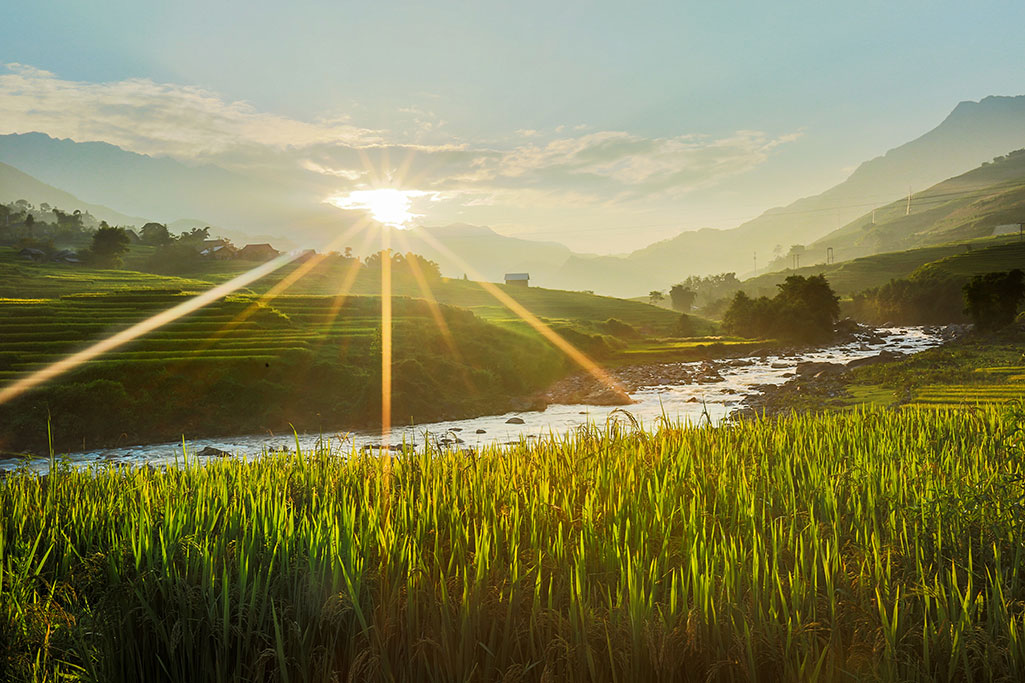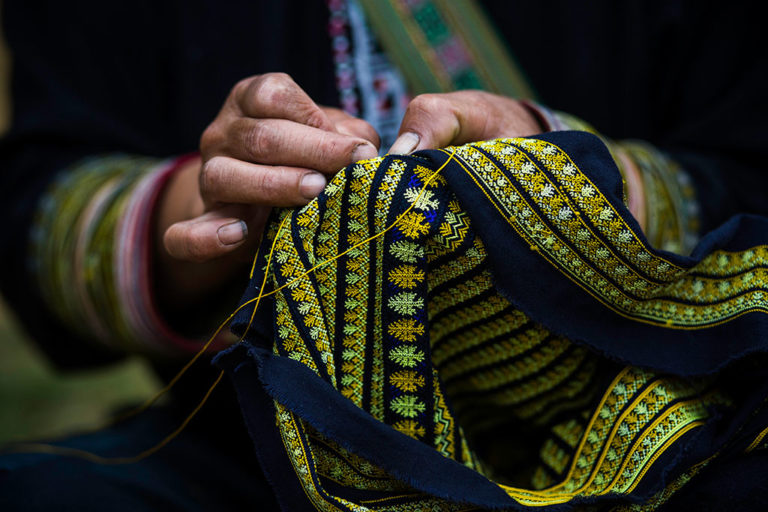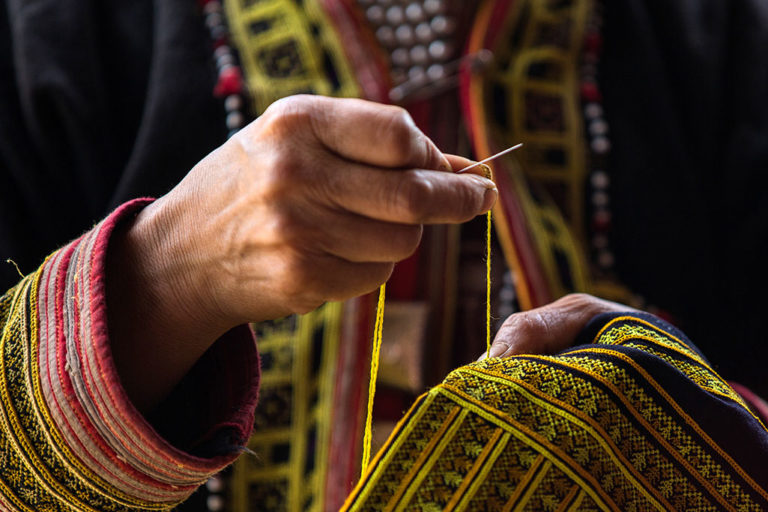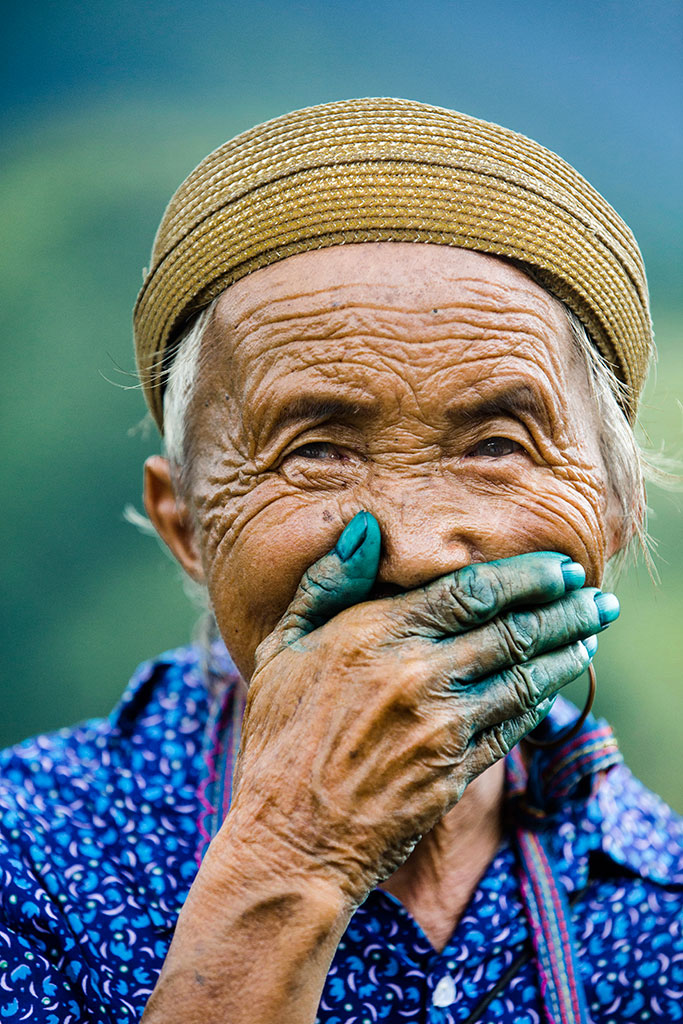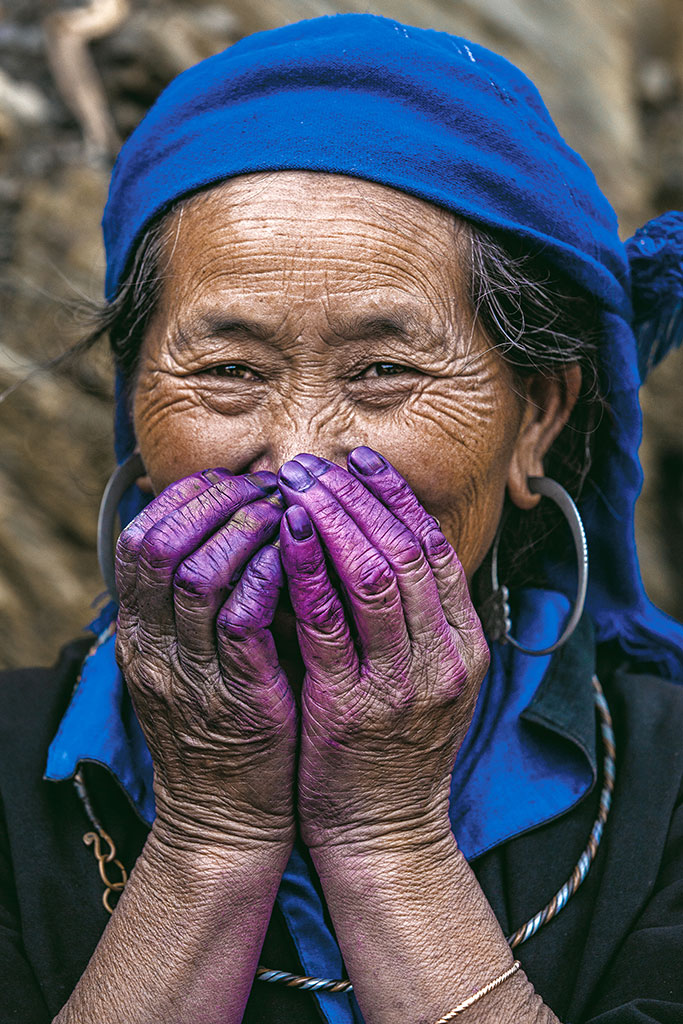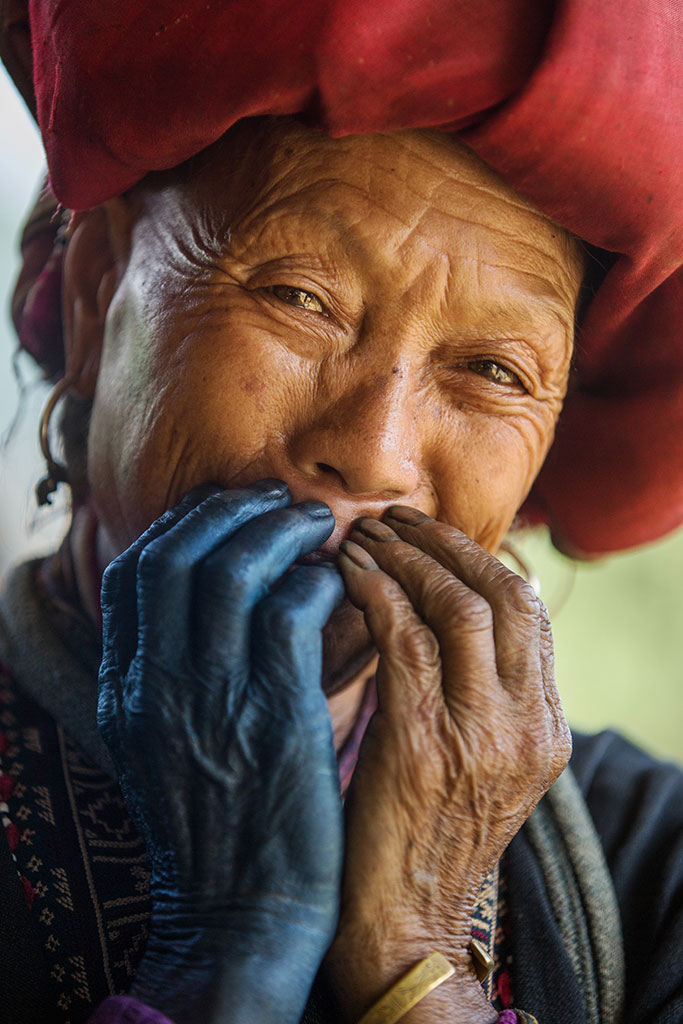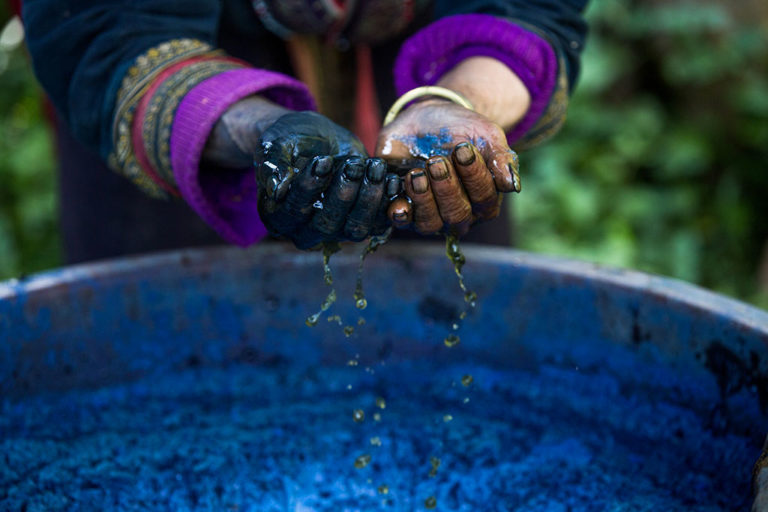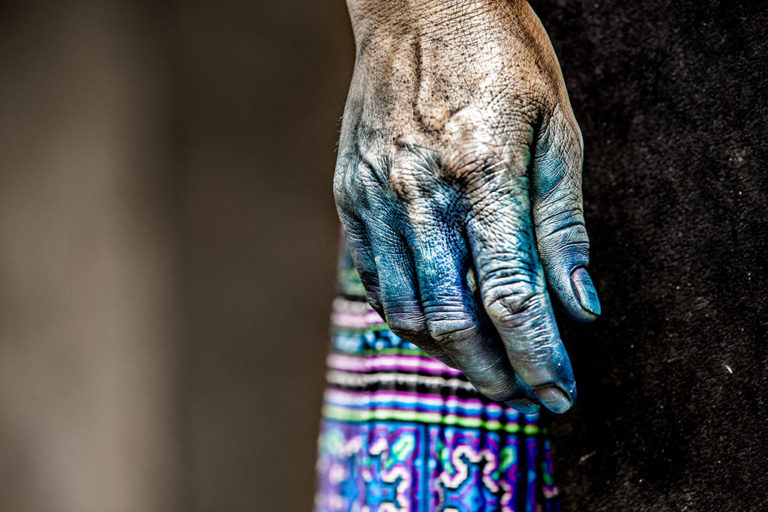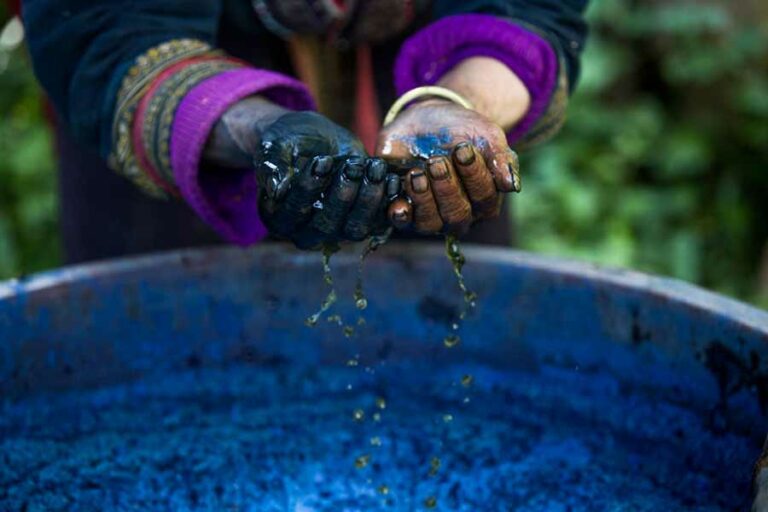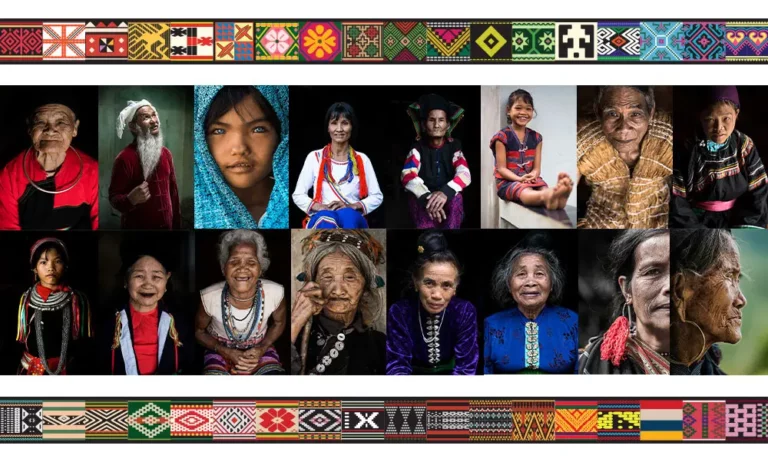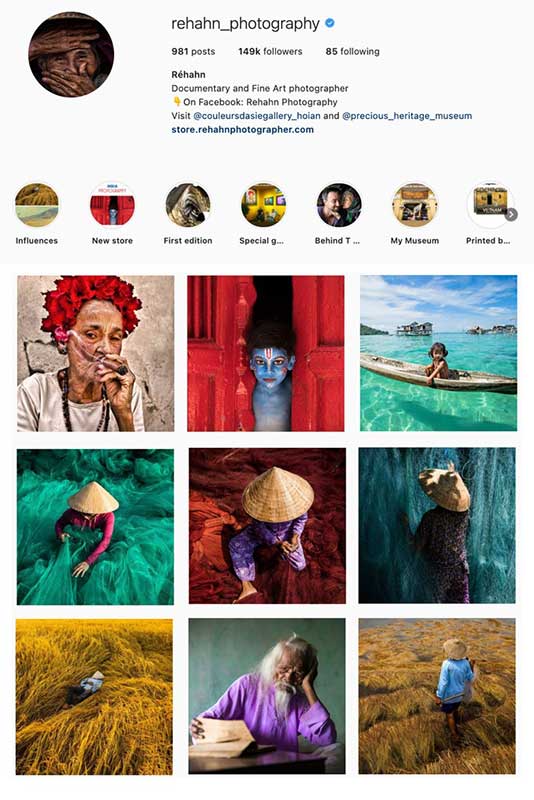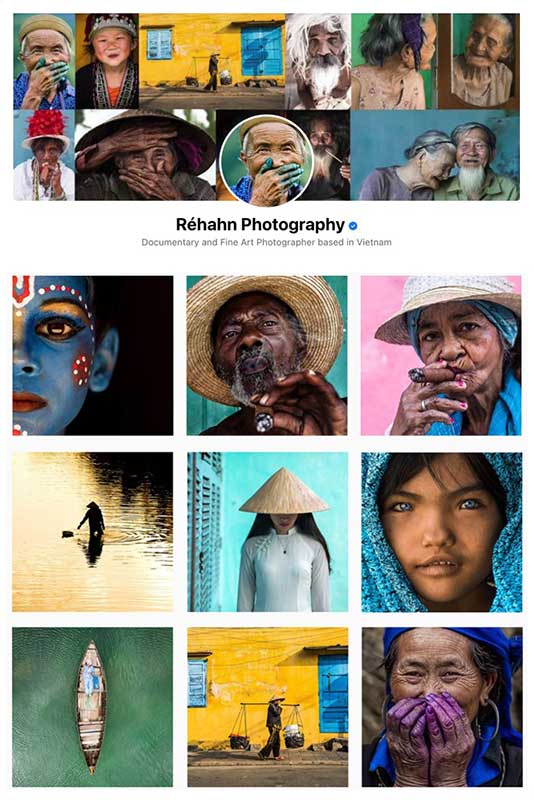All about Sapa
Sapa is one of those rare travel destinations that combines authentic local experiences with breathtaking natural landscapes. Réhahn’s Fine Art/ Documentary photographs of Sapa have become an internationally recognized portrayal of Northern Vietnam’s cultural heritage.
The artist spent nearly a decade traveling through the villages around Sapa to research Vietnam’s ethnic groups for his Precious Heritage project. Follow along to discover some of his favorite photo locations, as well as the best ways to visit this heritage location while respecting its diverse cultures. These insider tips will enrich any traveler’s journey. Just bring along your spirit of adventure and get ready to be awed.
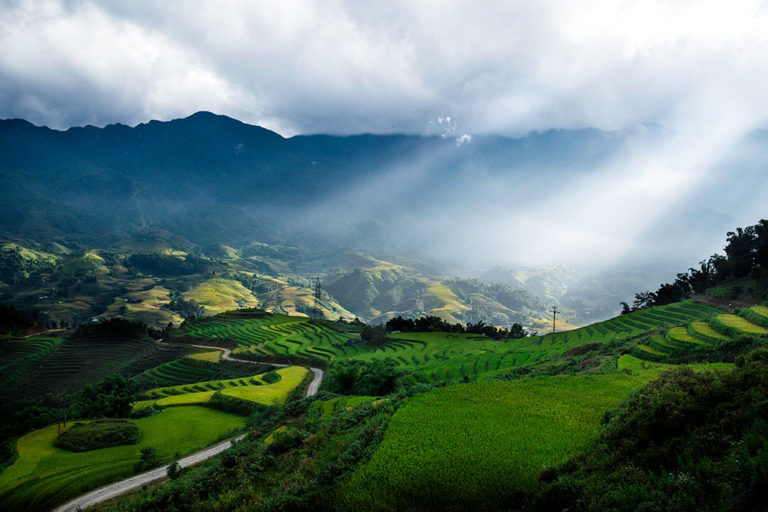
“I’ve spent more than 9 years documenting the 54 ethnic groups, and there aren’t many places like Sapa for true cultural beauty. ”
Réhahn
Ready to Visit Sapa? Here’s What You Should Know.

Sapa District in the Lao Cai Province is known for its mythical beauty and melting pot of cultural identities. The snow-topped peaks of Mount Fansipan loom 3,143 meters above sea level, standing guard over endless terraced rice fields and tranquil valleys. Sapa is a must-see location for any visitor to Vietnam but there is more to this region than the breathtaking natural landscapes. Northern Vietnam is also home to an incredibly rich tapestry of ethnic traditions, languages, and artisanal crafts.
Some visitors to the region comment that Sapa is “too touristy”; however, most travelers don’t realize that Sapa is more than just Sapa Town and the few nearby villages. Sapa Town is filled with hotels, bustling energy, and convenience but it doesn’t give the most authentic view of the region. Sapa is actually a huge district with 94 distinct villages and hamlets tucked into the hills. Most tour operators offer treks to the same few easy to reach villages, giving the impression of over-tourism. Yet, in reality, there are more than 90 peaceful villages with almost no tourists.
Luckily, it’s possible to trek almost anywhere in the 30,000 hectares of protected forestlands to truly learn about the unforgettable cultures, wildlife, cuisine and landscapes of the area. We’ll give some insider tips about the best times to visit later in the article, but first let’s learn a bit more about what makes Sapa so special!
What to See in Sapa ?
Pre-Covid, Sapa Town (also known as Sa Pa) welcomed about 800 foreign visitors per day, which is a fraction of the 8000 tourists that Halong Bay can see during the high season. The town is the capital of the district of the same name in the northwestern province of Lao Cai. There are approximately 38,000 full-time residents, many of whom continue to make their living through agriculture. Tourism has brought a new facet to the region but travelers need to make sure to voyage in the most sustainable way possible. The area is home to a rare cultural legacy that needs to be respected and preserved.
The majority of tourists who visit Sapa come for the mountain air, local food and a few landmarks such as the Solent Waterfall, Fansipan cable car, and Cat Cat village, which is easy to walk to from Sapa Town. But there are several ethical tour operators such as Ethos – Spirit of the Community who can take you off the beaten tracks and even prepare home stays for you with local guides.
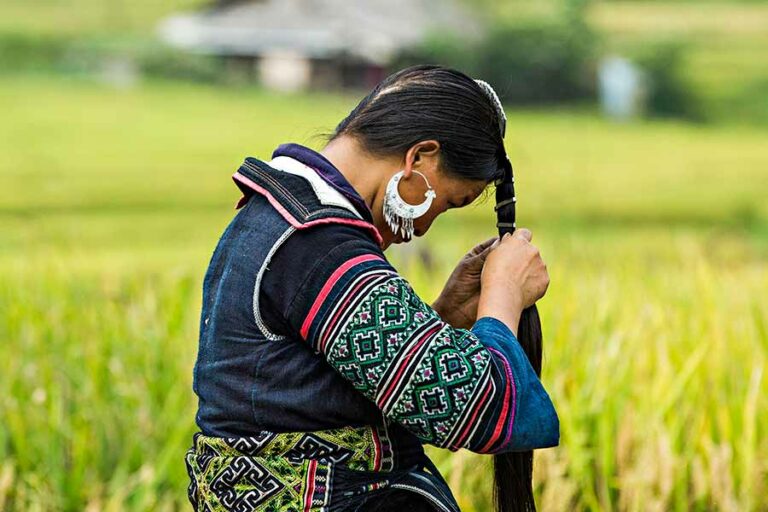
The key to enjoying Sapa is to decide in advance what kind of tourism you want to do. If you’re interested in taking a bit more time to trek into the mountains so that you can see mindbending natural landscapes and meet friendly locals then read on!
Sapa’s Landscapes
Sapa is well-known for its special topography. The landscape shifts between steep hills, deep valleys and curving terraces. The geometric rice paddies that seem sculpted out of the earth create a hypnotic pattern and a zen atmosphere. It is hard to imagine that these rice terraces are actually manmade and that ethnic groups such as the Black Hmong and the Dao formed them through a combination of technical mastery, heritage skills, and hard work.
The rice fields have been recognised as national heritage by Vietnam’s Ministry of Culture, Sports and Tourism.
The following photographs show Sapa’s green rice paddies at different times of the year.
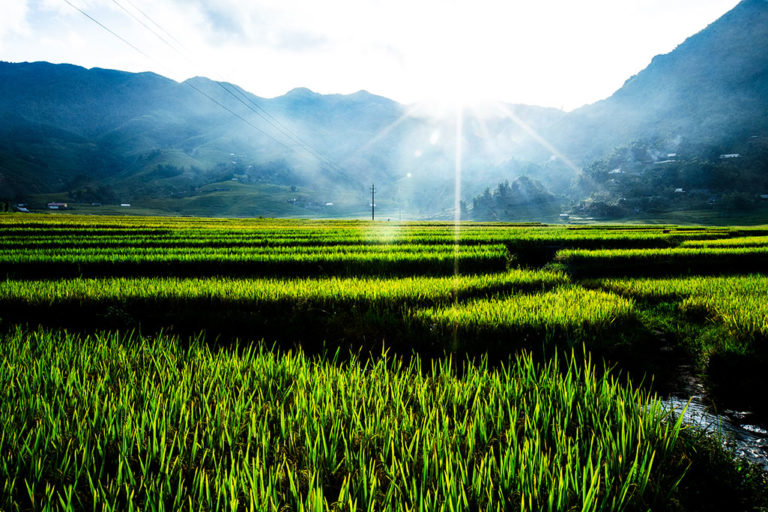
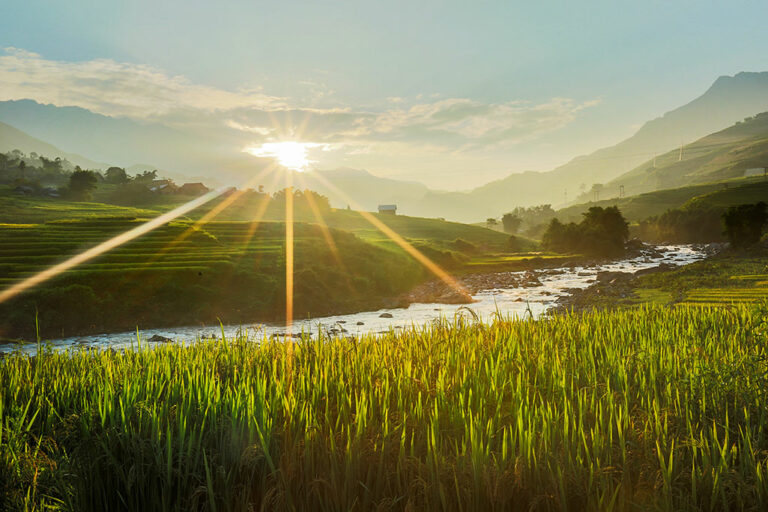
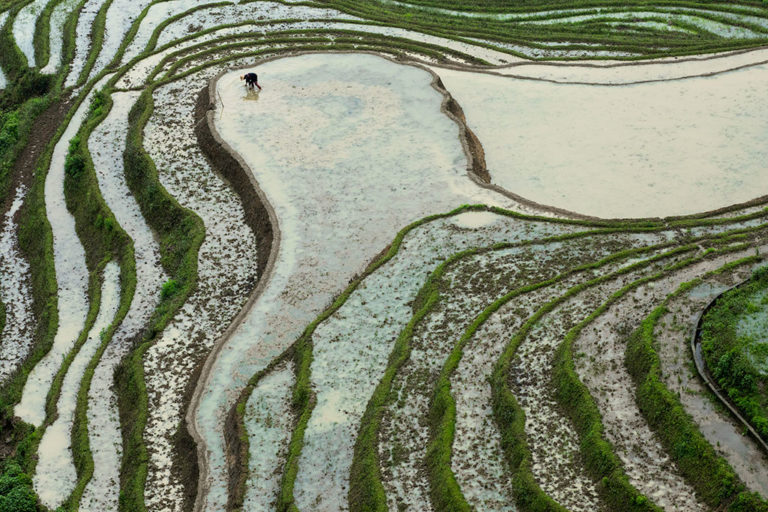
When to Visit Sapa
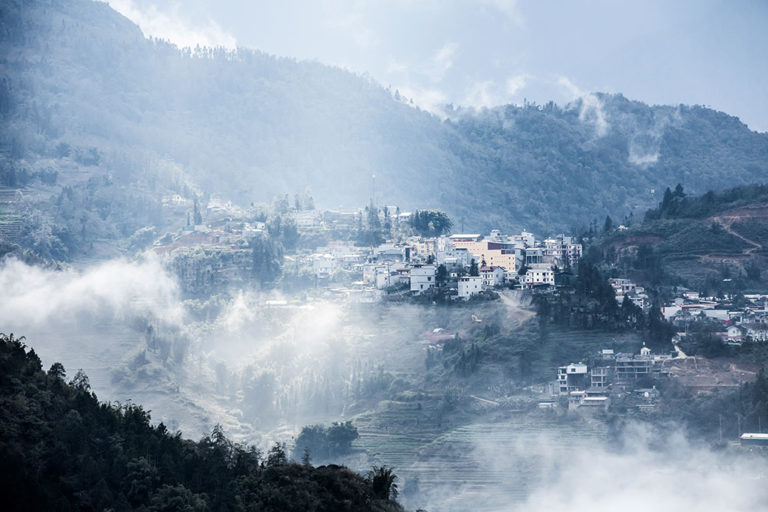
Sapa is beautiful at any time of year, but unlike southern Vietnam, the weather in the North can plunge to frosty temperatures.
December and January are the coldest and harshest month, so be prepared to pack warm clothes if you’re coming from a more warmer climate. However, winter is also an incredible season to potentially see the snow tipped peaks of Mount Fansipan and to spend time learning about crafts such as embroidery, batik and weaving during homestays with the ethnic groups.
Depending on when Tet Lunar New Year falls (usually in late January or February,) there will likely be special celebrations that are unique to the region and its ethnic groups.
From March to May, the weather is cool (but not too cold). Peach and plum blossoms add color to the valleys and the drier weather makes it the ideal time for trekking and homestays.
August through September are for harvest preparations. The rice fields glow brilliant yellow and farming families are all in the fields, working together to ensure a successful harvest.
This late summer/early fall season is also a lovely time to visit because the crisp, dry air makes walking more comfortable and the colors are unlike anything else. The weather can be unpredictable with as many as four seasons in one day! If you see the sun when you wake up, forget breakfast and just go! the afternoon can be turned into a dramatic day with pouring rain and night can fall as early as 3 pm.
Starting in November through early December, the hills are aflame with the brilliant colors of green and oolong tea crops, which sprout off the terraces like orange and deep red clouds. Other deciduous trees also begin to turn autumnal colors, making for some pretty spectacular sights.
The days that you visit also play an important part. Sunday is the busiest market day, which can be an interesting draw for visitors to the region. However, weekends, unsurprisingly, also have many more tourists. A typical weekend can see the number of people in Sapa explode to nearly 10 times the weekday amount. Hotel rooms can also be more expensive during the weekends in Sapa Town. If you have the opportunity to visit from Monday through Thursday, you’ll have a more relaxed experience.
No matter when you decide to visit Sapa, if you’re coming primarily for culture, the weather can be an afterthought. Even if it’s foggy and wet, the traditions and homelife of ethnic groups such as the Hmong and Dao don’t change dramatically. There will always be a local host that is delighted to welcome you and teach you about their culture. Which brings us to our next section – learning about Sapa’s diverse ethnic groups!
Ethnic Groups in Sapa
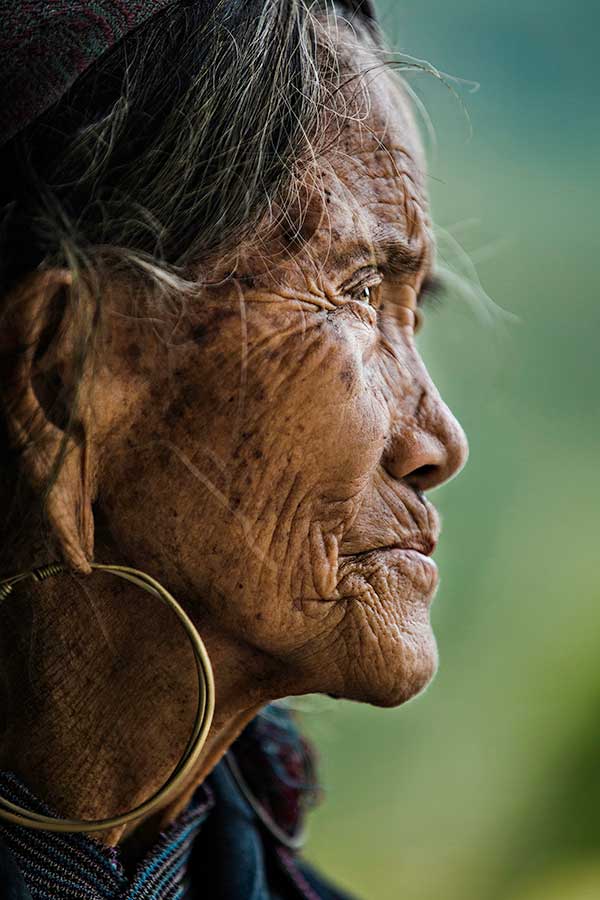
There are 5 main groups in Sapa: the Black Hmong; the Red Dao; the Tay; the Giay, and the Xa Pho. Neighboring districts also house the Ha Nhi, Lao, Lu, Phu La, La Chi and Dao Tuyen all of which have beautiful clothes, unique architecture, religion, cuisine and languages. The Black Hmong are by far the largest group, representing nearly 62% of the ethnic population in the region.
Many tourists start at Cat Cat Village since it is so close to Sapa Town. This village is very busy and can even have a bit of a theme park feel with organised dances and designated places to take selfies. Villages like Ta Van and Giang Ta Chai have a backpacker feel and are good for meeting other travelers but they have lost most of their traditional charm.
Lao Chai village is a good starting point for seeing the Black Hmong ethnic group. They show great pride in their traditional dress and still wear their costumes, not only for festivals but also as daily attire. They make new garments each year, and pass down the intricate traditions from generation to generation. This area is actually where Réhahn first met the Hmong, giving him the inspiration for his Precious Heritage Project and cultural museum.
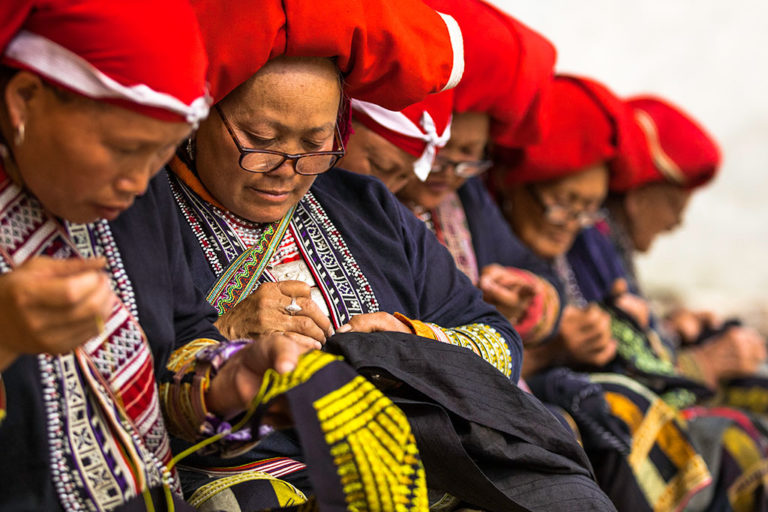
The Xa Pho are the smallest ethnic group in Sapa and are usually classified as a subgroup of the Phu La. They live in the lowlands and sustain their livelihoods through rice farming and gathering.
The Tay are actually the largest ethnic group in Vietnam with villages scattered throughout the northern regions. They have one of the most subdued traditional garments of all the ethnic groups. The tunic is deep blue (almost black) offset by a brilliant silk belt. One of the stand-out features of their attire is a special cloth hat that is shaped like a little house.

The Phu La live in Lao Cai, Lai Chau, Son La and Ha Giang. Their traditional garments are bright blue with an intricately embroidered hat fashioned with pompoms.
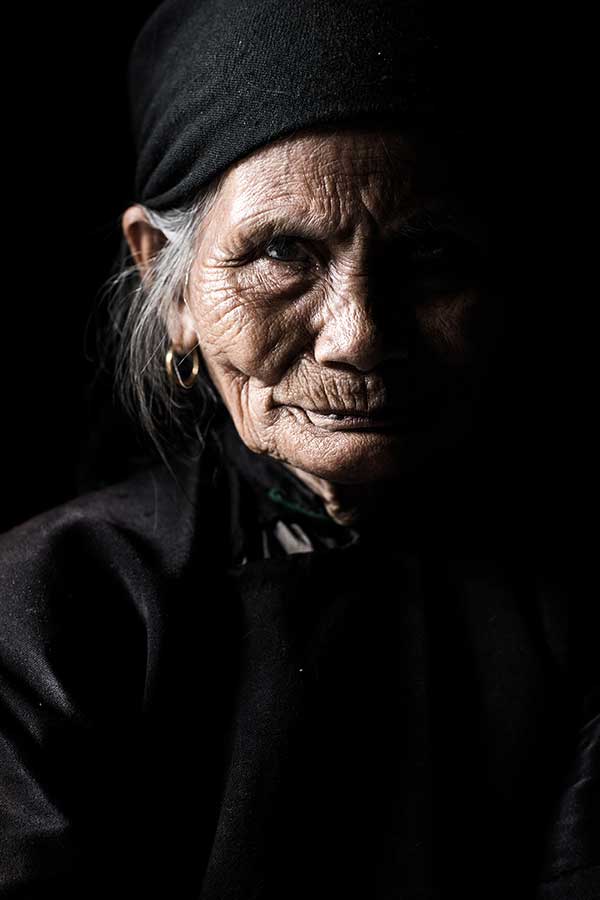
The Giay are one of the smallest ethnic groups in the country. The Giay can be found in many of the more touristic regions around Sapa but there are also smaller more authentic villages deeper in the mountains.
For more specific information about the different traditional garments and accessories of each ethnic group, you can see the Precious Heritage Museum book, which is the result of Réhahn’s decade long cultural research project in Vietnam.
The best way to visit is with some local expertise. An experienced local guide will open up greater cultural understanding and give you the opportunity to truly interact with the people you meet. If you’d like to visit some more authentic areas, be prepared for a hike. Pack some decent hiking boots. If you don’t have a great fitness level, don’t let that dissuade you from experiencing the true cultural gems of northern Vietnam. Experienced guides can help you choose a hike with a difficulty level that suits your physical capabilities and sense of adventure.
Handicrafts in Sapa
Sapa District is a textile and crafting enthusiast’s dream. Hemp, indigo dye and embroidery are integral parts of the local ethnic traditions. Be careful about buying traditional crafts in touristic areas. Certain villages, such as Cat Cat, don’t benefit the livelihoods of the ethnic groups since the wares that are sold are often copies of the traditional crafts that can be found in the region.
#13-14 Red Dao doing embroidery in Ta Phin Village (13km from Sapa town). They love to share with visitors.
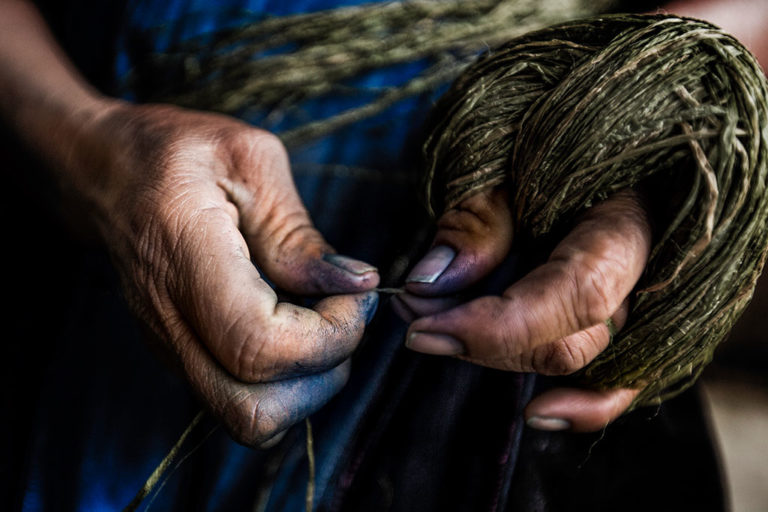
#16-18 – These three photos are from Réhahn’s “Hidden Smile” project. They show women from the Hmong (left and right) and the Red Dao (center) ethnic groups with hands tinted from the art of indigo dyeing.
#19-20 – Indigo is and ancient artform throughout Asia. In Northern Vietnam it is primarily practiced by artisans from the ethnic groups. It involves preparing a dye concoction with the leaves of the indigofera plant. Each group has a different idea of the ideal indigo color, which can be representative of their tribal traditions.
More information about indigo in Vietnam
How to Get to Sapa ?
There is no direct flight to Sapa; however, it is easy to reach from Hanoi. You can book a bus from the capital city, which will take around 4 hours of driving through scenic landscapes. Alternatively, you can book a car service that will drive you directly from Hanoi to Sapa.
Insider Tips for Visitors to Sapa
In Sapa, you can enter into another world far from the modern stress of city life and truly get to know and respect the beauty of this land and its people. If you step off the tourist track and head into the small ethnic villages around Sapa, you can have an authentic experience, rather than simply photographing people as if they were part of the landscape. Villagers are typically very welcoming, and may even invite you to eat or stay in their homes.
Ethical tour companies, such as Ethos- Spirit of the community, can help arrange a homestay for you and aid with translation. These villages are also a wonderful place to purchase tribal handicrafts because you can see that your money goes directly to the artisans and contributes to fair trade micro-business practices. It is important to avoid giving money to children because it is detrimental to their development. If they are successful “beggers”, it becomes less likely that they will follow through with their educations. Respectful tourism and the purchase of authentic crafts does more to help than giving a few coins on the road.
In conclusion, Sapa is a remarkable place with environmental importance and cultural heritage that is worthy of international recognition and protection. This requires education for sustainable development. If all travellers do their bit to foster a positive way of thinking, Sapa can continue to be one of the most beautiful marvels on earth.
Additional Links to Help Your Prepare Your Trip to Sapa
https://www.rehahnphotographer.com/precious-heritage-project/
http://www.ethosspirit.com/the-history-of-sapa.html

